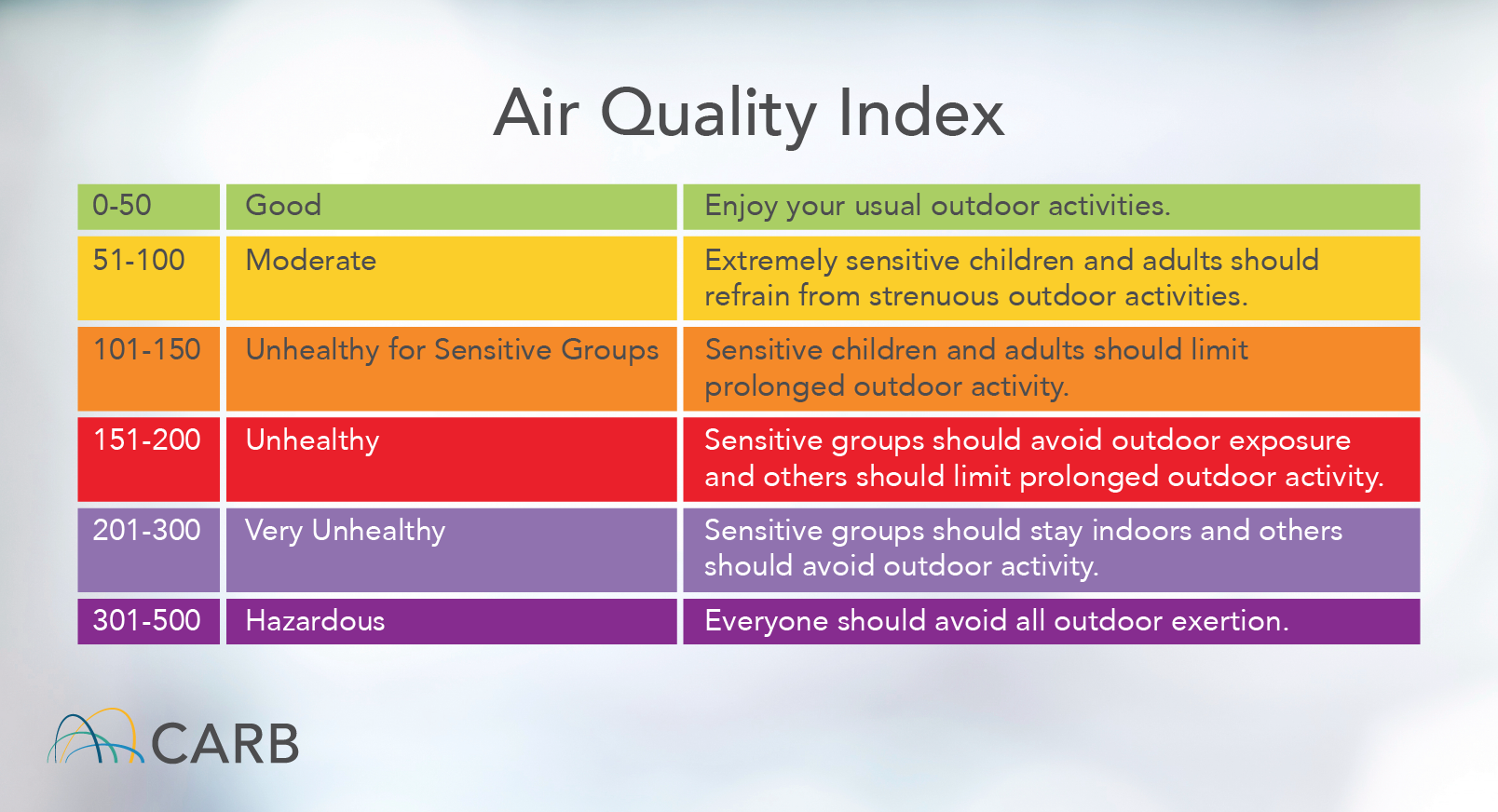
California Department of Public Health Urges Residents in Wildfire Areas to be Aware of Air Quality
Date: October 28, 2019
Number: 19-030
Contact: Corey Egel | 916.440.7259 | CDPHpress@cdph.ca.gov
SACRAMENTO – With a growing number of wildfires in both Northern and Southern California, the air quality in many parts of the state may be unhealthy. The California Department of Public Health (CDPH) is providing additional information, tools and resources on its website so individuals can check on the air quality in their town or city and have a better understanding on the impact it can have on their health.
"Air quality may be changing in a number of our communities, even those far away from the fires," said State Public Health Officer and CDPH Director Dr. Sonia Angell. "It's important that you have the information you need to stay safe: children, women who are pregnant and older adults, and people with existing lung and heart conditions may be particularly sensitive to changes in air quality."
On CDPH's website, visitors can view current air quality conditions by simply entering their zip code. The table below provides suggested actions based on conditions.

Residents should monitor children and check-in on others who may be more susceptible to the health impacts of wildfire smoke. Seek immediate medical care if someone is experiencing chest pain, chest tightness, or shortness of breath.
The following tips can help Californians reduce smoke inhalation during wildfires:
Stay Indoors: Stay inside with the doors and windows closed to reduce exposure to smoky air. If you have power, run an air conditioner if you have one. If the air conditioner has a recirculate option, use it. Smoke levels can change during the course of a day, so try to stay indoors during smokier times.
Reduce Activity: Reduce physical activity to reduce inhalation of smoky air. During exercise, people can increase their air intake as much as 20 times from their resting level.
Be Prepared: Monitor wildfire activity in your area and be prepared to evacuate if advised.
As part of emergency preparedness make sure that all prescribed medications are filled, and this includes if you have prescribed inhalers.
For information on air quality in your area and how to protect your health during wildfires, please visit the CDPH website.